Quick Bits: Wrangell-St. Elias National Park spans the wild heart of southeastern Alaska. Covering over 13 million acres, this park is unmatched in scale and untamed beauty. It...
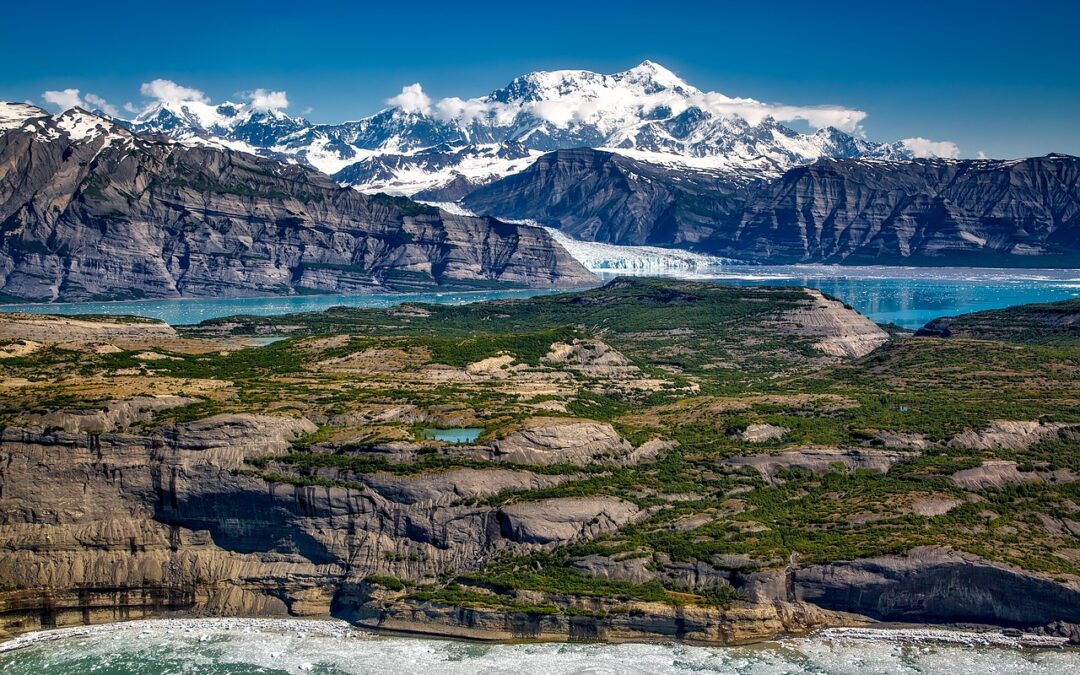

Quick Bits: Wrangell-St. Elias National Park spans the wild heart of southeastern Alaska. Covering over 13 million acres, this park is unmatched in scale and untamed beauty. It...
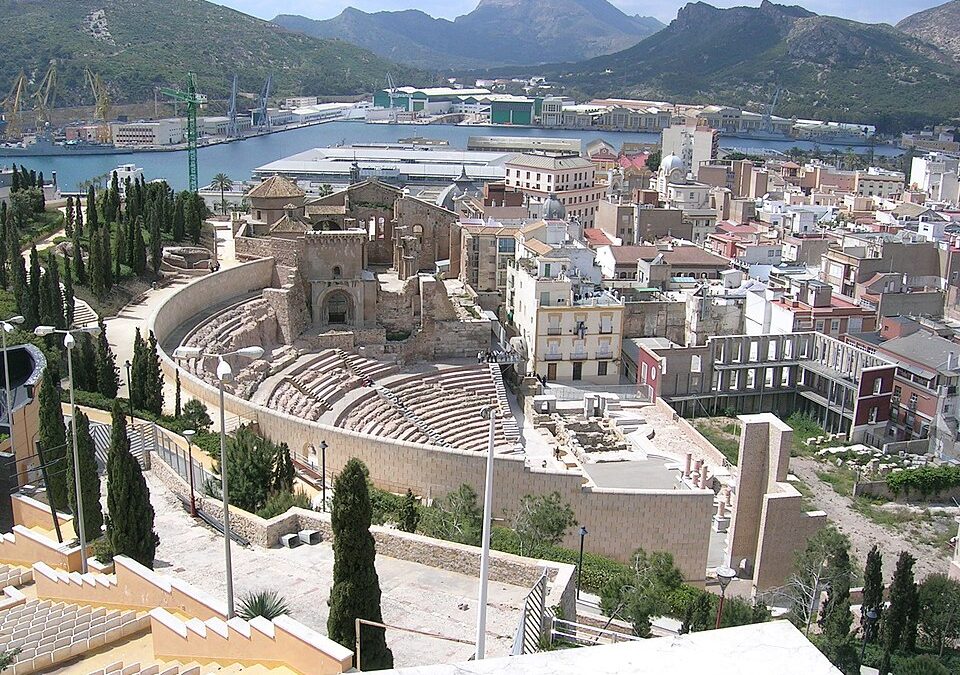
Quick Bits: Cartagena stands as a living museum. This city on the Mediterranean traces its history through layers of civilizations. With every step along its cobbled streets, the...
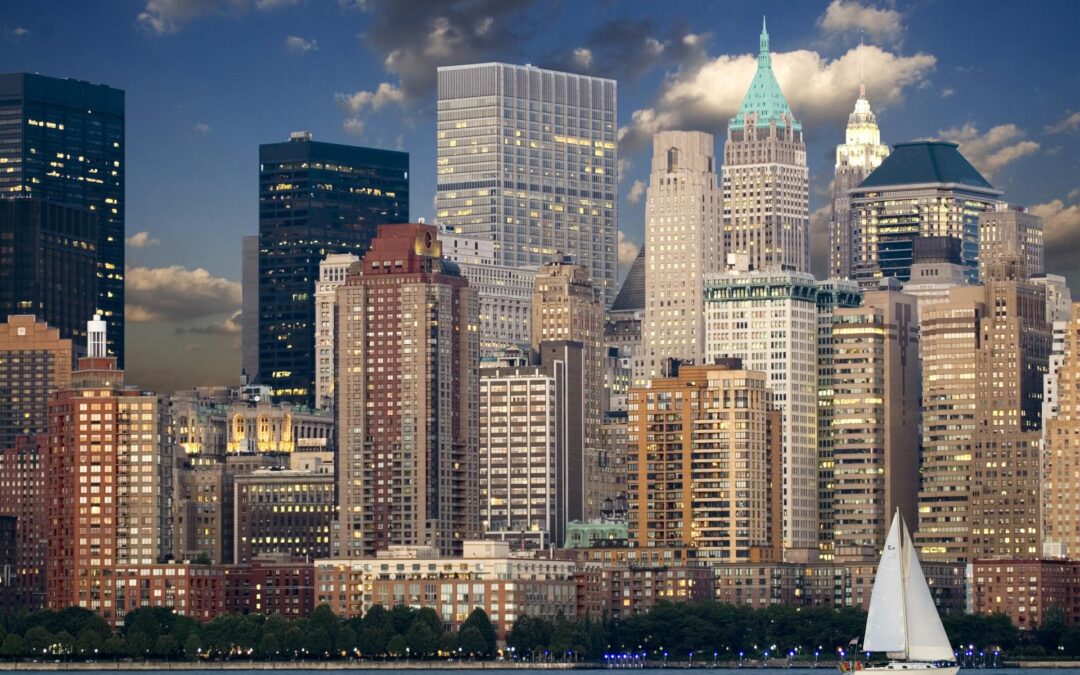
Quick Bits: Manhattan beats like the vibrant heart of New York City. It’s a name that conjures images of towering skyscrapers, yellow taxis, and the never-sleeping buzz of the...
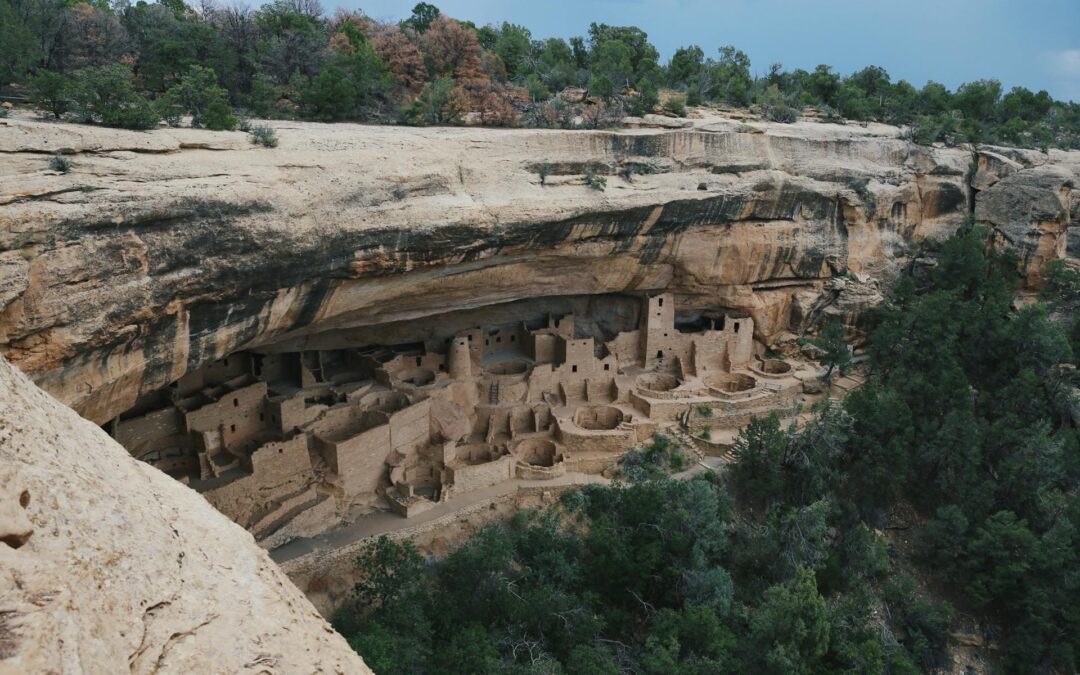
Quick Bits: Mesa Verde National Park stands as one of the most significant cultural and historical landmarks in the United States. Nestled in the southwest corner of Colorado,...
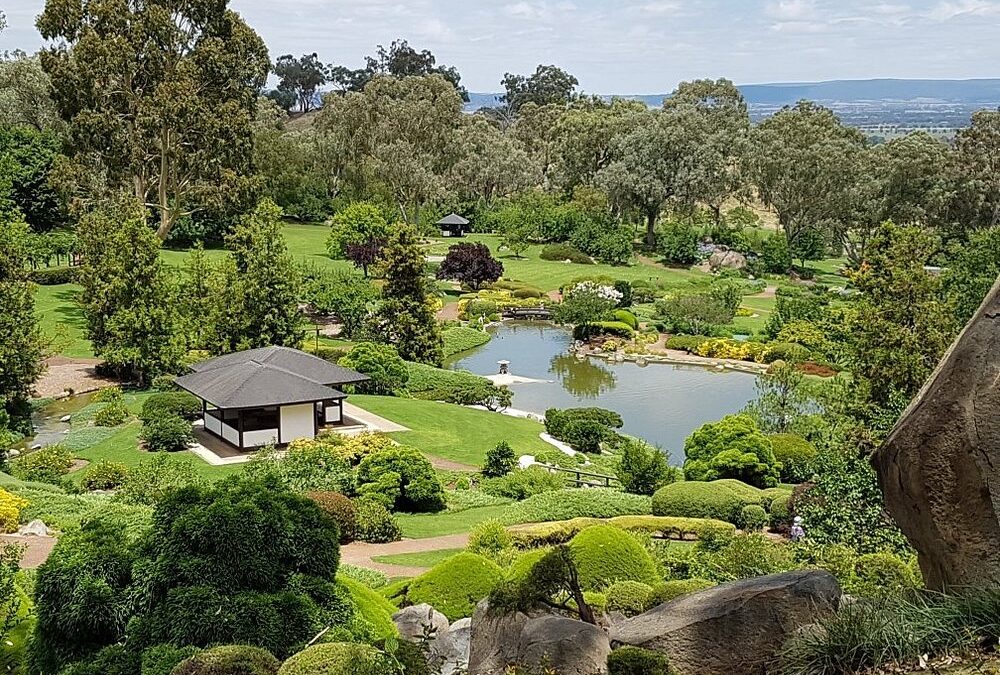
Quick Bits: Cowra is a regional town nestled in the Central West of New South Wales. Though small, it carries the weight of history, natural charm, and agricultural significance....
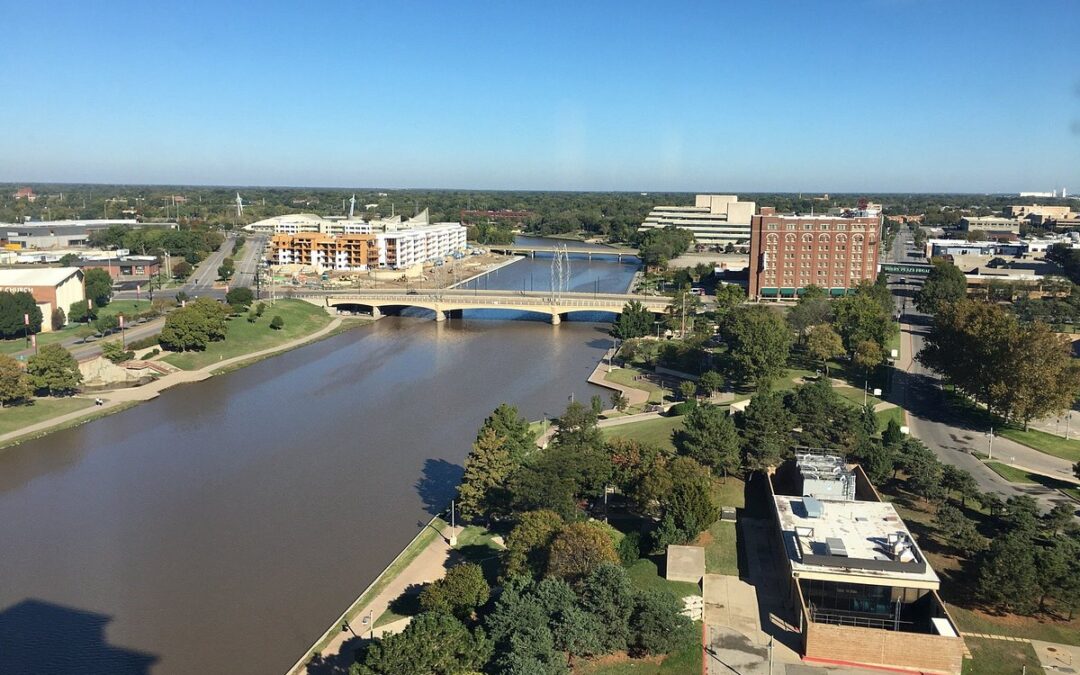
Quick Bits: Wichita stands as a proud city nestled in the heart of Kansas. Known historically as the “Air Capital of the World,” it carved a niche in the aviation industry....
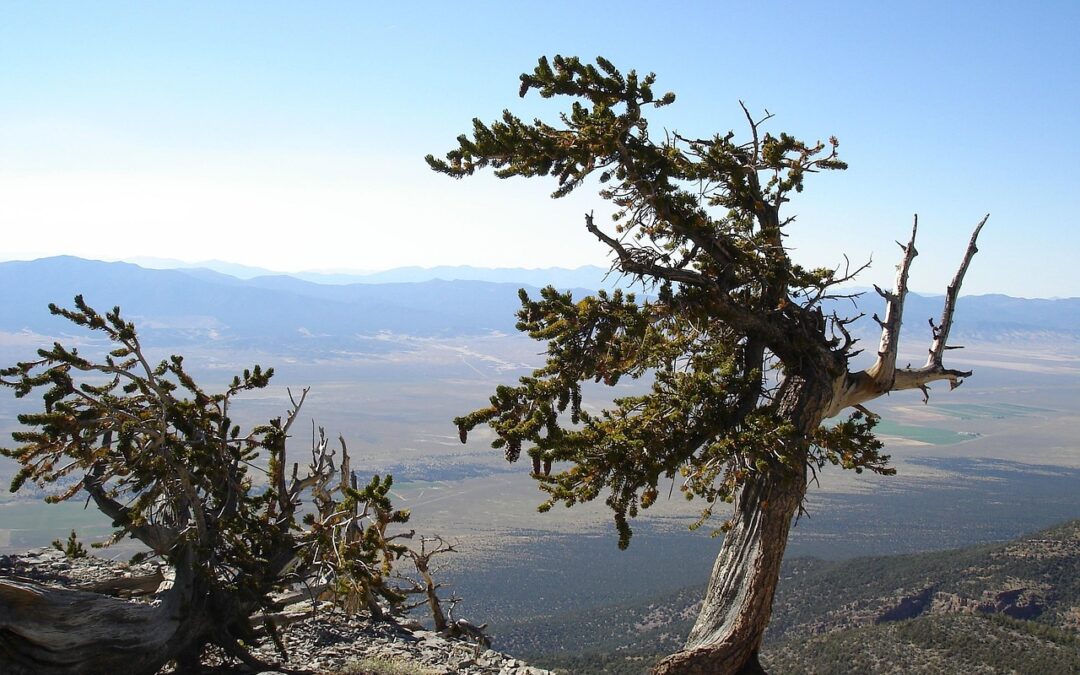
Quick Bits: Great Basin National Park stands in quiet contrast to the crowded giants of the American park system. Located in White Pine County, Nevada, this untouched wilderness...
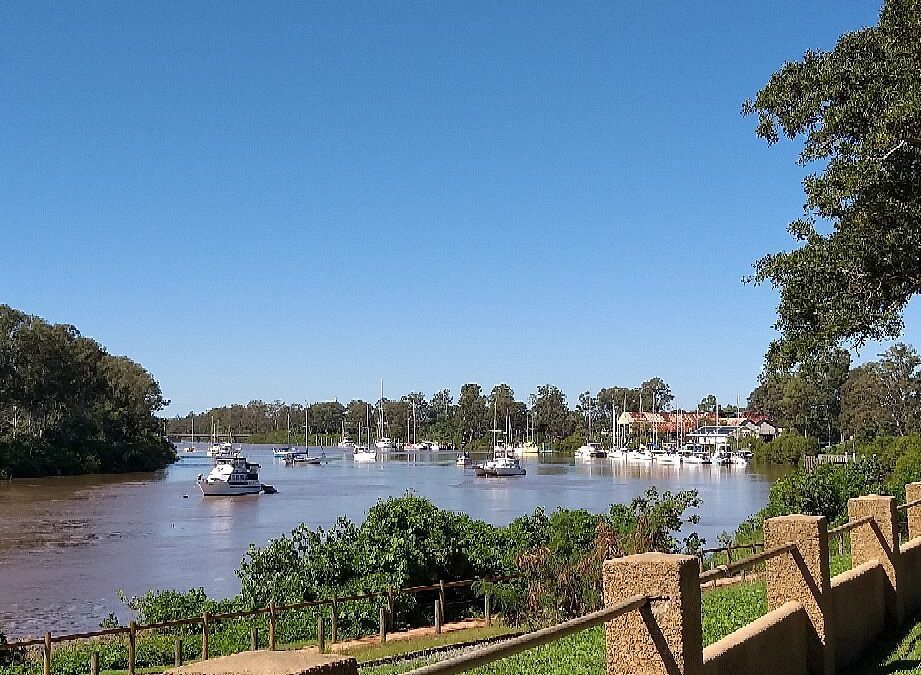
Quick Bits: Maryborough stands as one of Australia's most beautiful regional towns. Nestled on the Fraser Coast in Queensland, this historic location is packed with tales from a...
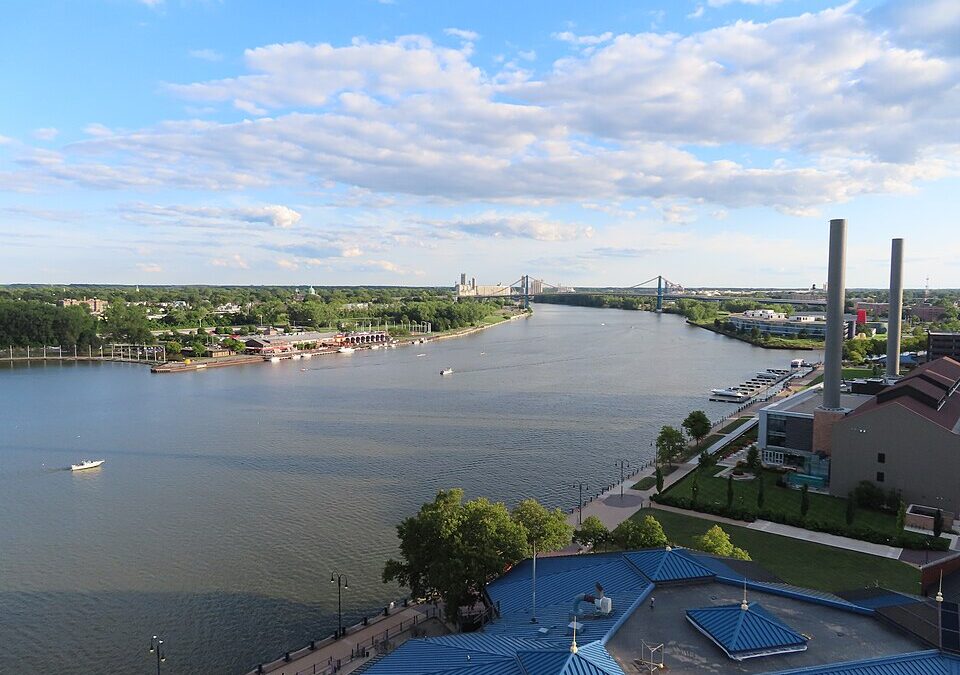
Quick Bits: Toledo sits proudly in northwest Ohio near Lake Erie. It shines as a spirited city with a strong industrial past and a vibrant present. Known as the "Glass City," it...
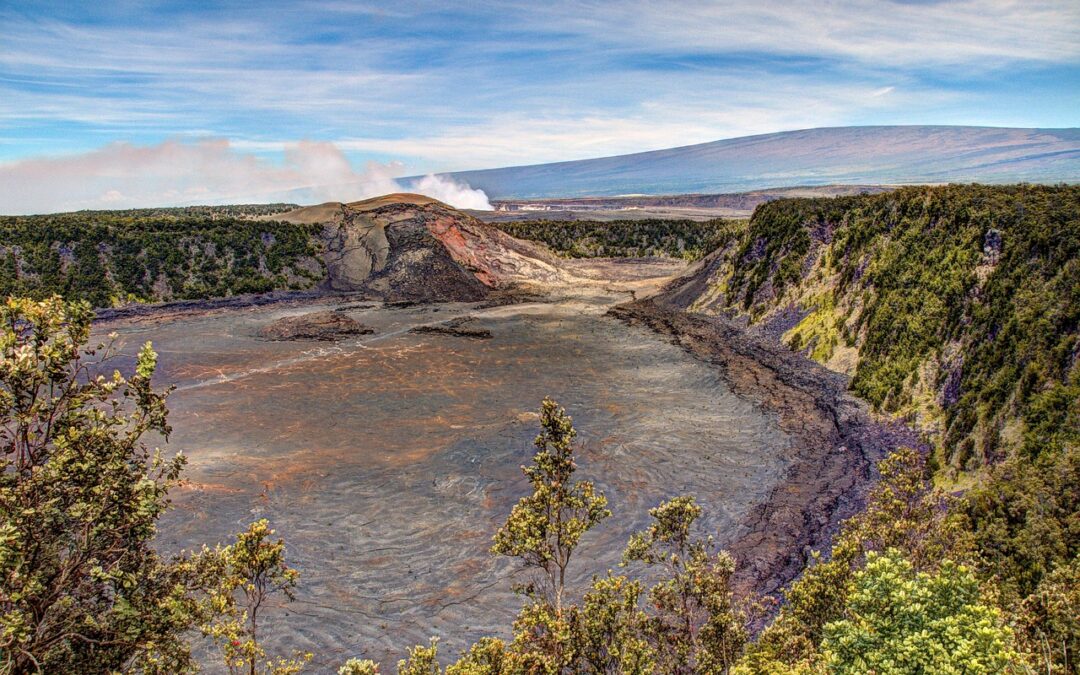
Quick Bits: Hawaiʻi Volcanoes National Park stands as a testament to Earth's raw power. It offers an incredible window into geological history and vibrant Hawaiian culture. Home...
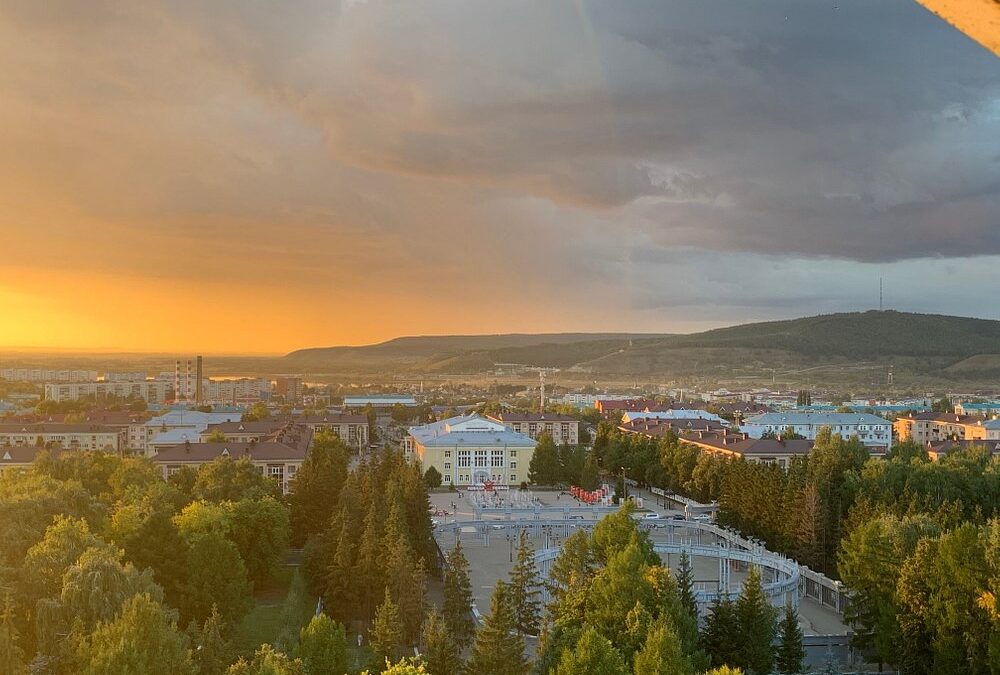
Quick Bits: Lorem ipsum odor amet, consectetuer adipiscing elit. Pretium purus metus turpis litora curabitur mus. Magnis netus pharetra etiam suspendisse diam habitant tempor....
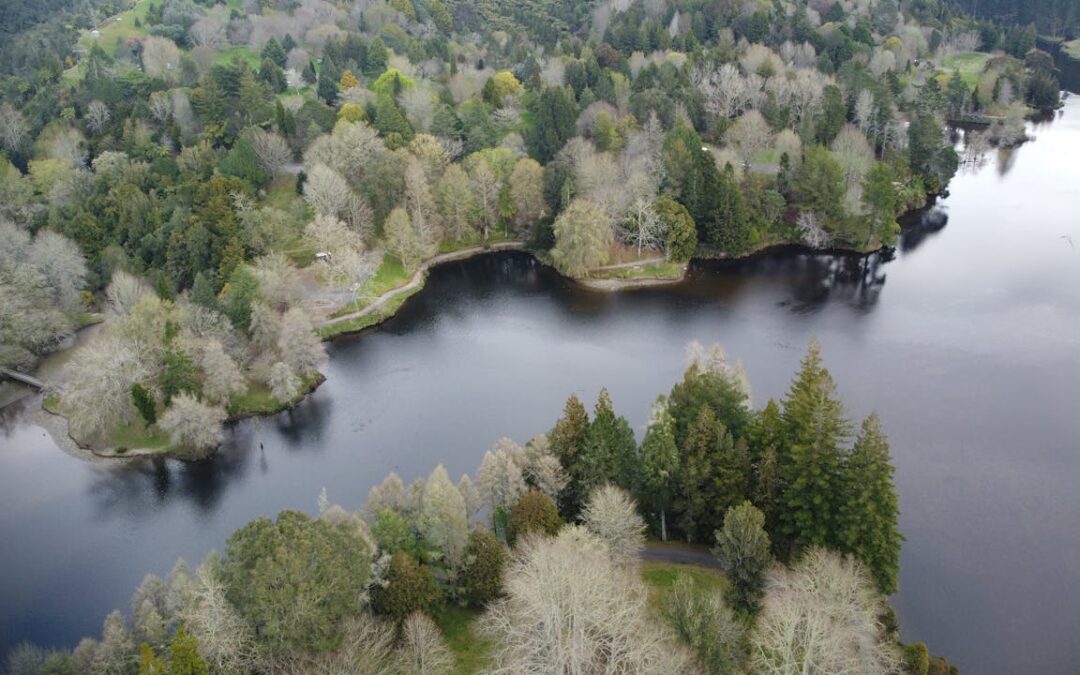
Quick Bits: Tauranga is a thriving city in New Zealand's Bay of Plenty region. It combines stunning coastal landscapes with a dynamic urban vibe. Known for its laid-back...
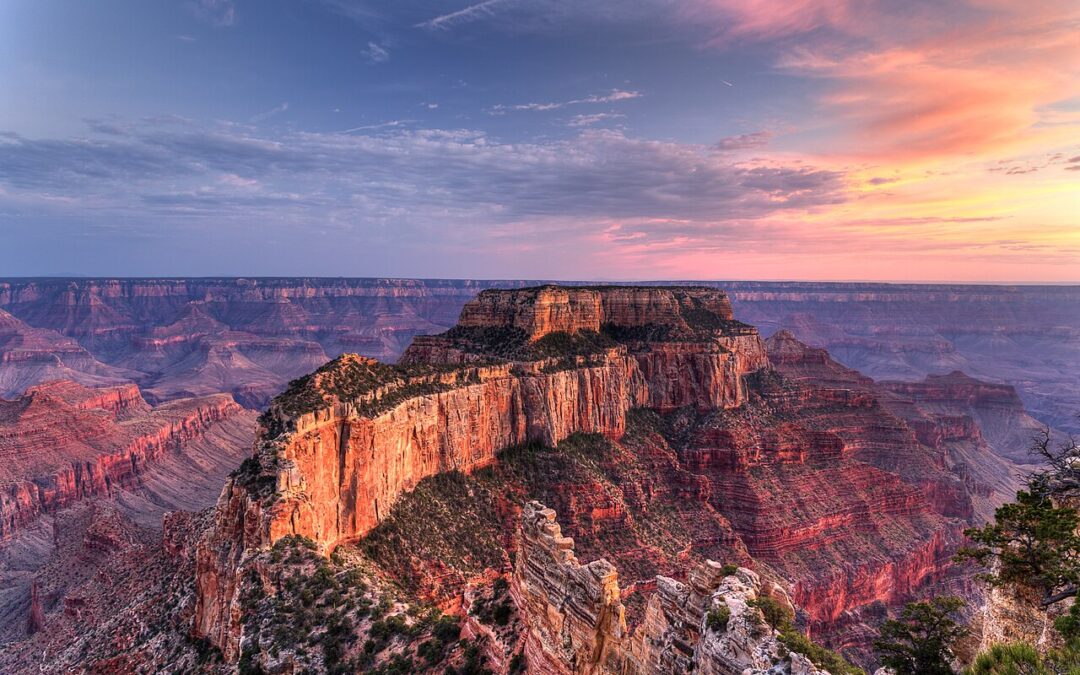
Quick Bits: Grand Canyon National Park stands as one of Earth's natural wonders. Carved by the Colorado River, the canyon stretches 277 miles long and plunges over a mile deep....
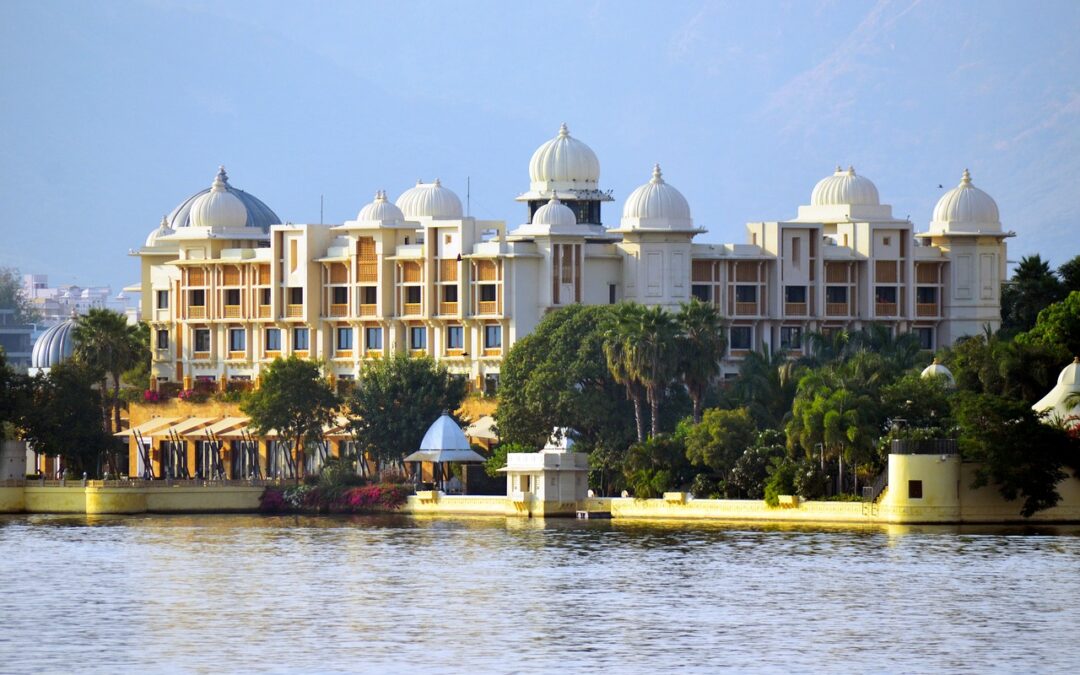
Quick Bits: Udaipur, the regal gem of Rajasthan, wears its royal past with grace. Dubbed the City of Lakes, it balances calm waters, age-old traditions, and impressive stone...
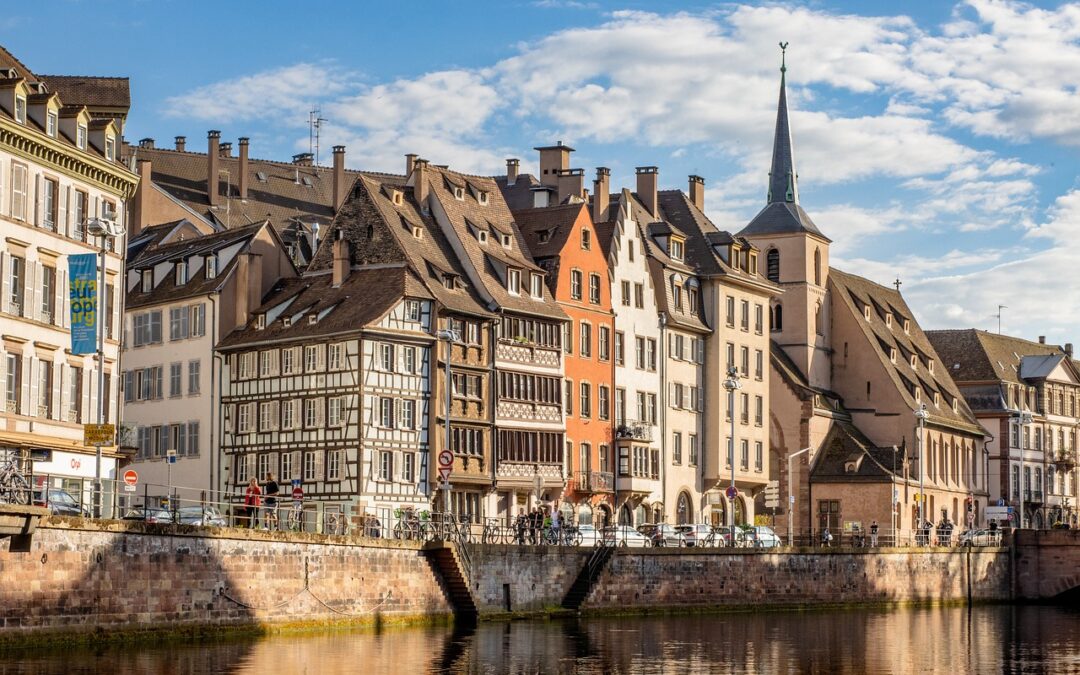
Quick Bits: Strasbourg stands at the crossroads of Europe. This historic city in northeastern France whispers stories of empires, revolutions, and unity. Its cobbled lanes tell...
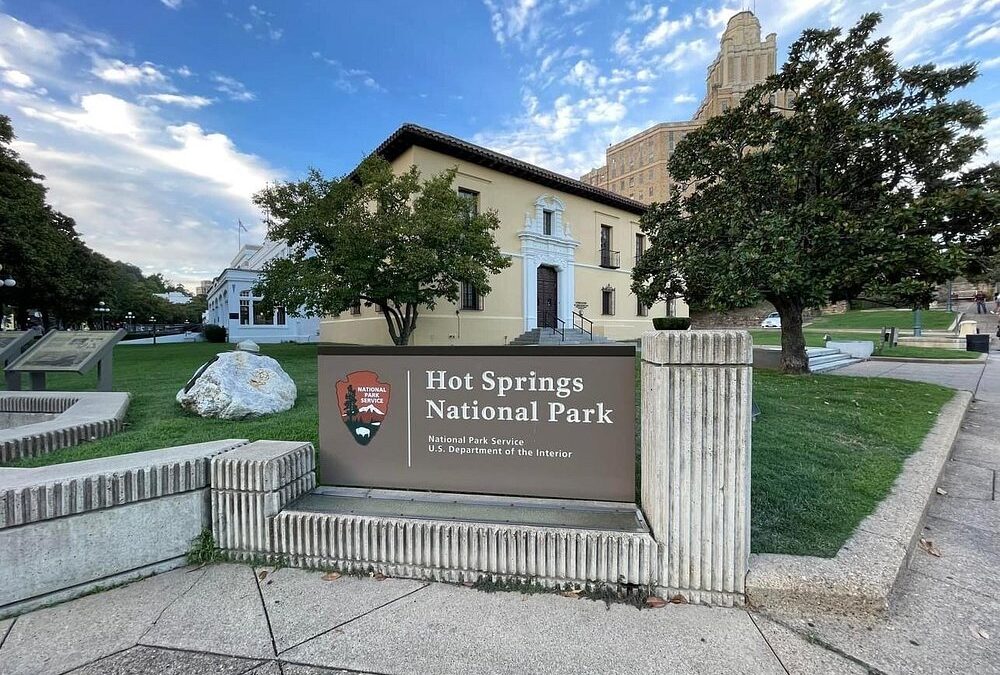
Quick Bits: Hot Springs National Park stands out as one of the oldest protected lands in the United States. Nestled in the heart of Arkansas, this park blends natural beauty with...
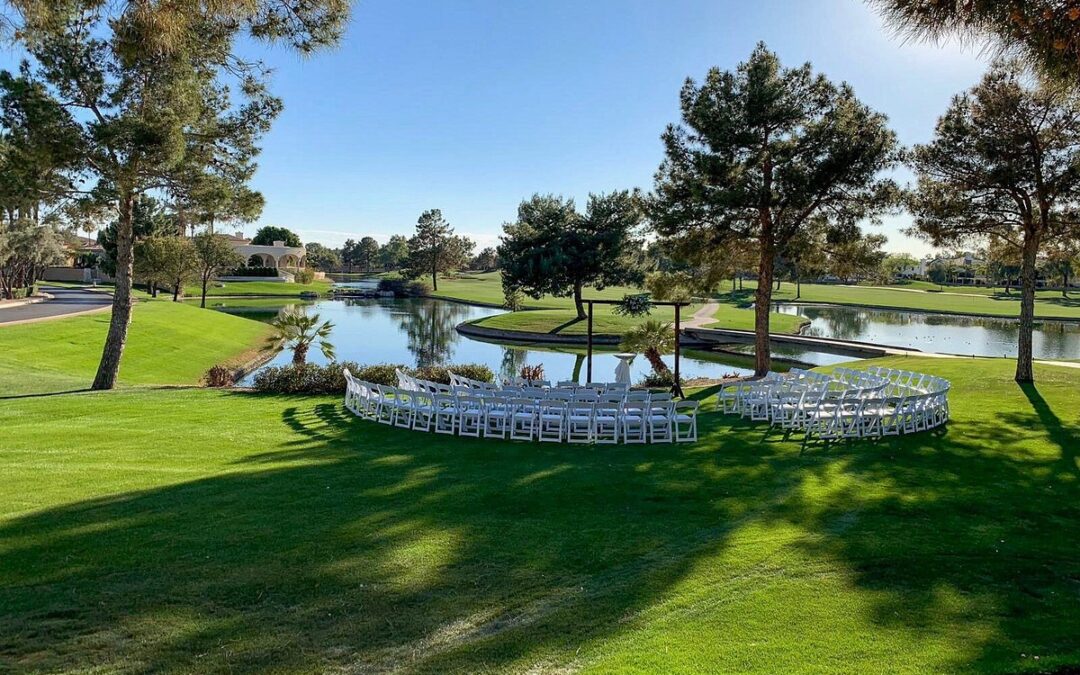
Quick Bits: Chandler stands as one of Arizona's most progressive cities. Once a sleepy agricultural town, it now thrives as a hub for technology and innovation. From...
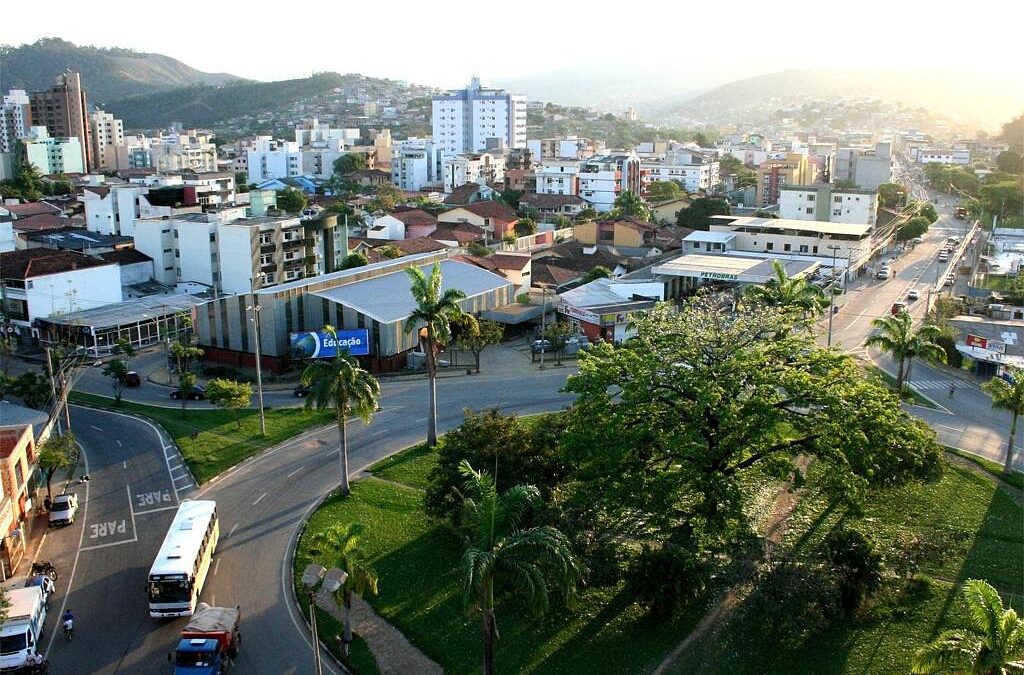
Quick Bits: Ipatinga, nestled in the heart of Minas Gerais, Brazil, offers a unique blend of urban development and rich green landscapes. Known as part of the Steel Valley, it’s...
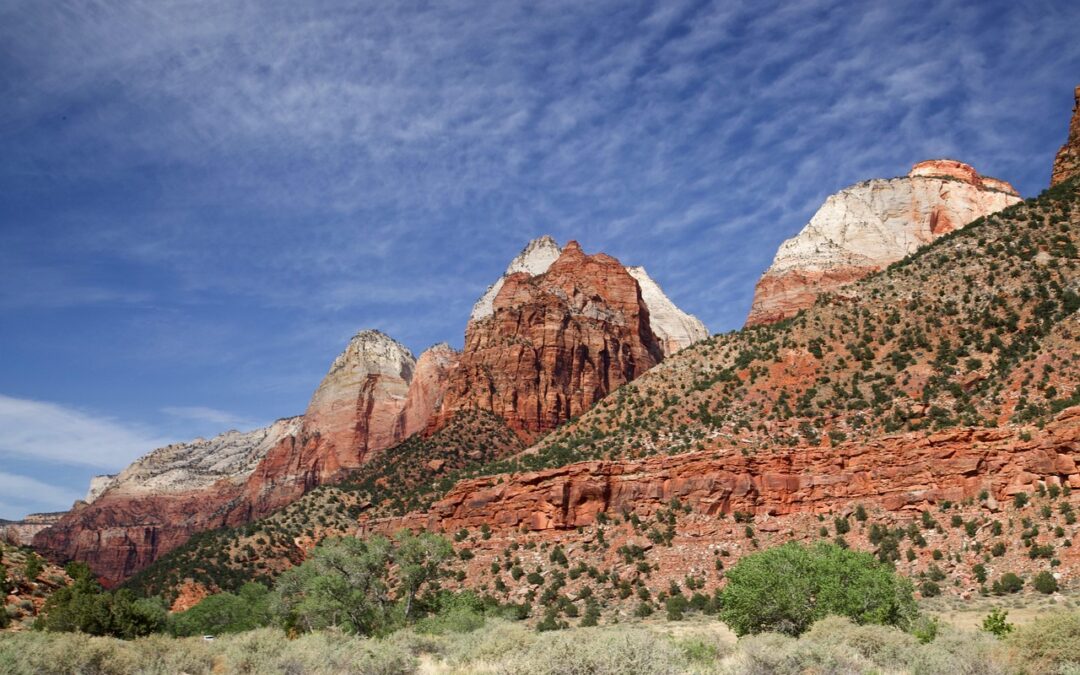
Quick Bits: Zion National Park, nestled in southwestern Utah, paints a bold picture. Sculpted over millions of years, its canyons and cliffs tell a story written in rock. It...
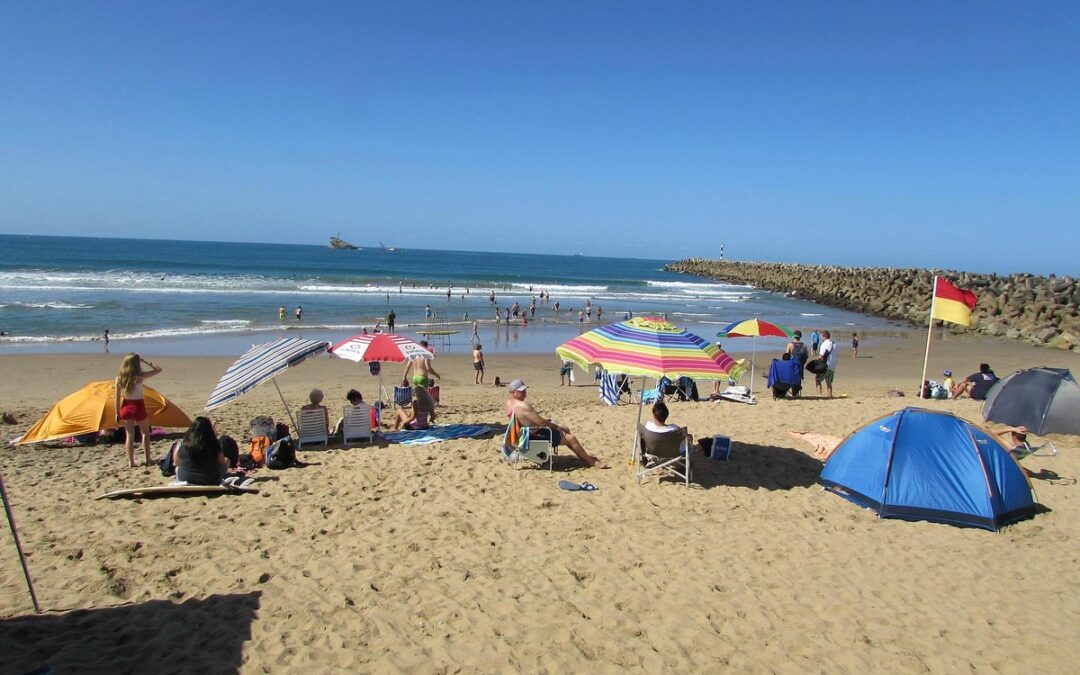
Quick Bits: Richards Bay is a town where natural beauty, industrial vigor, and tranquil beaches blend into one experience. Located in KwaZulu-Natal on the east coast of South...